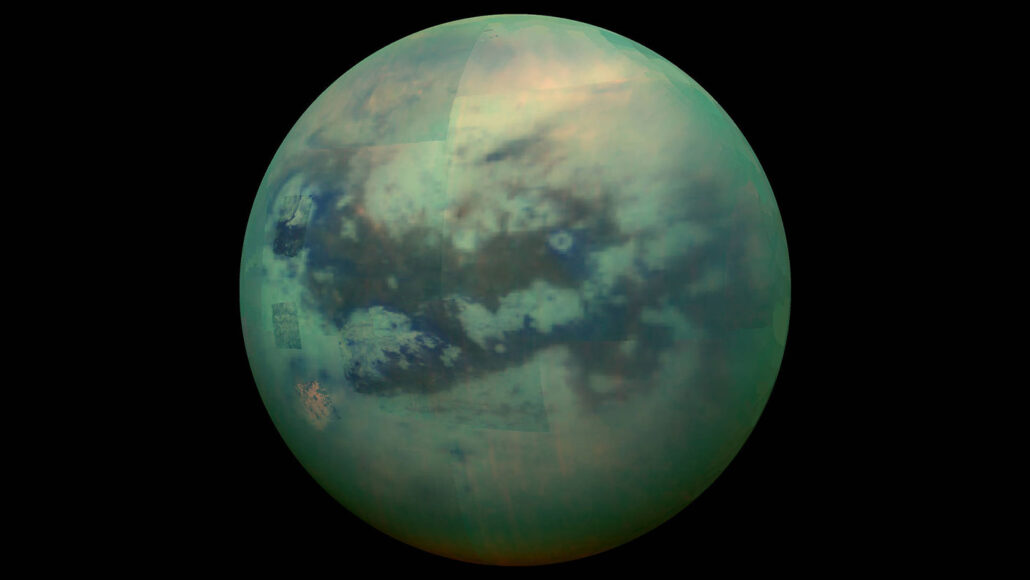
Space
Comets may be the source of sandy dunes on Saturn’s largest moon
In an early reshuffling of the solar system, comet collisions and other space rocks could have sent dusty bits falling to Titan’s surface.
By Nikk Ogasa
Come explore with us!

In an early reshuffling of the solar system, comet collisions and other space rocks could have sent dusty bits falling to Titan’s surface.

Weekly updates to help you use Science News Explores in the learning environment
Thank you for signing up!
There was a problem signing you up.

Pollutants that build up in night air can break down the scents that attract pollinating hawkmoths to primrose blooms, disrupting their pollination.

When dipped in indican and exposed to sunlight, yarn turns a deep blue. This process is more eco-friendly than the current denim dyeing method.

A liver protein appears to help the amphibians collect and move toxins from their food to their skin. Those toxins can defend the frogs from predators.

Scientists have been trying to understand and harness this material’s superpowers since its discovery in 2004.

It can slash diffuse sources of this extremely potent greenhouse gas, such as from livestock barns and other sites.

After a century of searching for the source of the Altar Stone, scientists have yet to figure out where ancient people got the rock.

These little units help us measure energy transfer in chemistry, nutrition and beyond.

Scientists made a device that converts the greenhouse gas into formate. This salt can then run a fuel cell to make electricity.

To slow global warming, we’ll need help from CO2-trapping materials. Enter MXenes. They’re strong and reactive — and they love to eat up CO2.